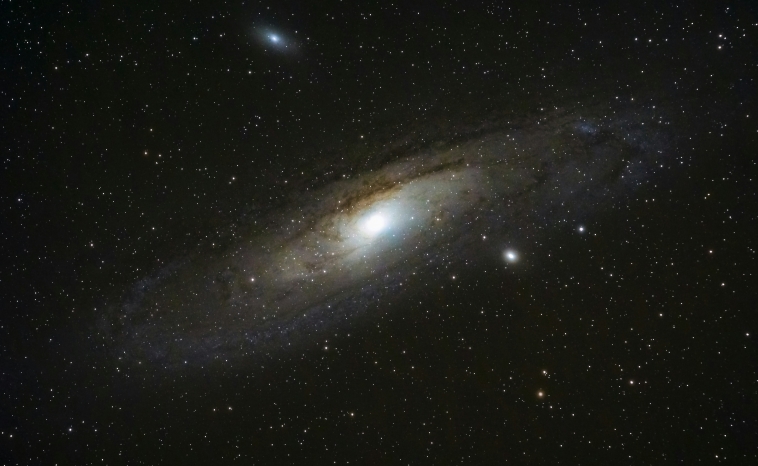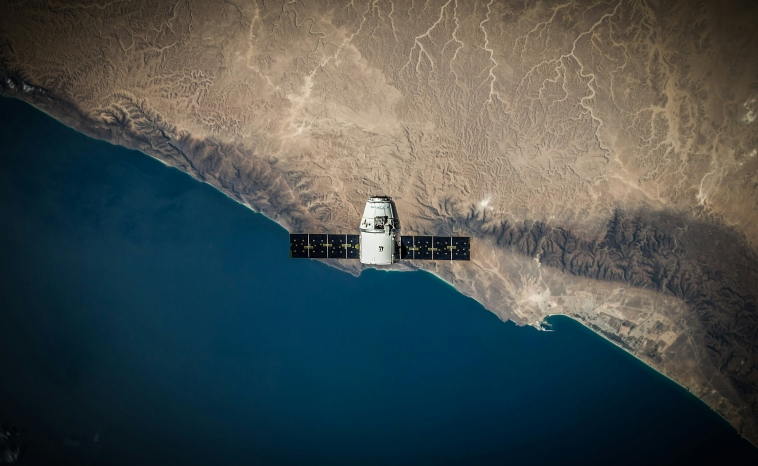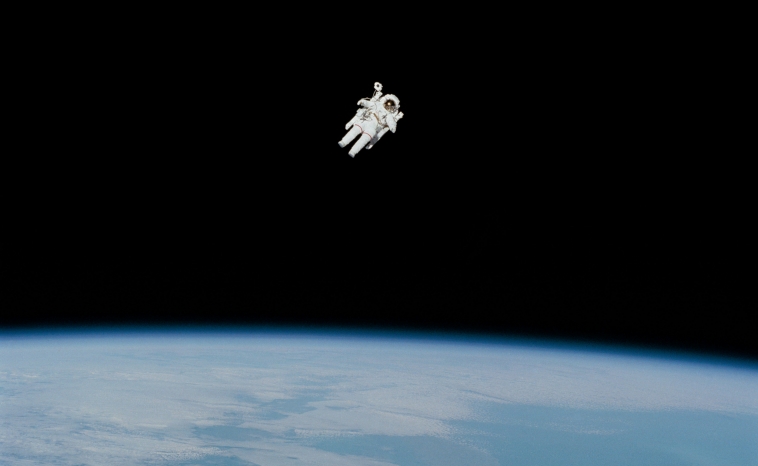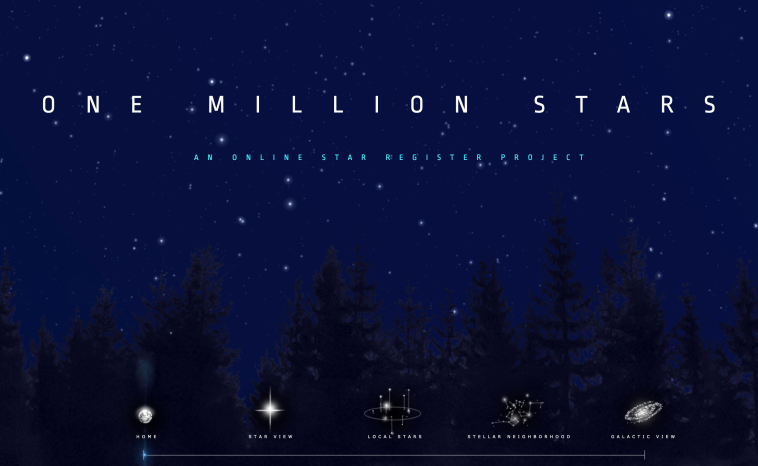How Does Gravity Shape Our Universe?

In this article, we’ll tell you everything you need to know about gravity, including the theories that shape our understanding and how it affects our everyday lives!
Imagine a world where objects floated away as soon as you released them. Sounds chaotic, doesn’t it? And yet, that’s precisely what our universe would be like without gravity! This invisible force is fundamental to our existence, yet many of us often take it for granted.
Join us as we delve into the fascinating world of gravity, exploring everything from its basic definition to its essential role in shaping our universe!
What Is Gravity?
Gravity is the force that attracts two bodies towards each other. It’s why apples fall from trees and why we remain anchored to the Earth. But how does it work? At its simplest, gravity can be explained by Newton’s Law of Universal Gravitation. According to Newton, every mass exerts an attractive force on every other mass. The strength of this force depends on the masses of the objects and the distance between them.
In more complex terms, Einstein’s Theory of General Relativity offers a different perspective. Instead of viewing gravity as a force, Einstein proposed it as a curvature in spacetime caused by mass. Imagine placing a heavy ball on a trampoline; the ball creates a dip, and any smaller objects placed nearby will roll towards it. Similarly, massive objects like planets and stars warp the fabric of spacetime, drawing other objects towards them.
Gravity isn’t just a one-size-fits-all force. Its intensity varies depending on location and altitude. For instance, gravity is weaker at higher altitudes and stronger at sea level. This variance is why astronauts experience weightlessness in space – and why you might feel a little lighter on a mountain summit compared to the beach.
Gravity in the Universe

Gravity plays a pivotal role in the formation and structure of celestial bodies. Without it, stars, planets, and galaxies simply wouldn’t exist! During the early stages of the universe, gravity pulled together gas and dust particles to form stars. These stars then grouped into galaxies, held together by their mutual gravitational attraction.
This force also governs the orbits of planets around stars. Our Earth orbits the Sun, thanks to the Sun’s gravitational pull. Similarly, the Moon orbits the Earth, influenced by Earth’s gravity. This cosmic dance ensures stability and order in our solar system.
Gravity’s influence extends beyond planetary orbits. It’s responsible for phenomena like black holes, regions of spacetime with gravitational forces so strong that nothing, not even light, can escape.
Practical Applications of Gravity

Gravity isn’t just a theoretical concept; it has numerous practical applications that affect our daily lives. For instance, gravity is crucial for the functioning of satellites and GPS systems. Satellites rely on Earth’s gravitational pull to maintain their orbits, allowing them to provide essential services like weather forecasting, communication, and navigation.
In the realm of engineering, understanding gravity is vital for designing structures and vehicles. Architects and engineers must account for gravitational forces to ensure the stability and safety of buildings, bridges, and aircraft. Gravity also influences the flow of liquids and gases, affecting everything from water supply systems to fuel efficiency in cars.
Another fascinating application is in sports. Athletes, especially in disciplines like gymnastics and high jump, need to understand and manipulate gravitational forces to achieve optimal performance. Even in everyday activities like walking and running, gravity plays a crucial role in our movement and balance.
Gravity and Space Exploration

Gravity is also a critical factor in space exploration. Space agencies like NASA and ESA must carefully plan missions to account for gravitational forces. Launching a spacecraft requires overcoming Earth’s gravity, which demands significant energy and precise calculations.
Once in space, it continues to influence the mission. Spacecraft use gravitational assists, or slingshot manoeuvres, to gain speed and change direction without using additional fuel. This technique involves flying close to a planet or moon, using its gravitational pull to accelerate the spacecraft.
Understanding gravity is also essential for landing on other celestial bodies. The Moon, Mars, and other potential destinations all have different gravitational forces than Earth. Engineers must design landers and rovers that can safely operate under these varying conditions.
Future Research
The study of gravity is far from complete. Researchers are continually exploring new frontiers, seeking answers to fundamental questions. One area of interest is the quest for a unified theory that combines general relativity with quantum mechanics. Such a theory, often called quantum gravity, could unravel the mysteries of black holes, the Big Bang, and the nature of spacetime itself.
Another exciting development is the detection of gravitational waves. Predicted by Einstein’s theory, these ripples in spacetime were first observed in 2015 by the LIGO and Virgo observatories. Gravitational waves provide a new way to study cosmic events like black hole mergers and neutron star collisions, offering unprecedented insights into the universe’s most violent phenomena.
Researchers are also investigating dark matter and dark energy, mysterious components that make up most of the universe’s mass-energy content. Understanding how gravity interacts with these elusive substances could revolutionise our knowledge of cosmology and the fundamental forces of nature.
One Million Stars

Gravity is so much more than an invisible force. It’s a fundamental aspect of our universe, shaping everything from the smallest particles to the largest galaxies. Whether you’re a student, a teacher, or simply a curious mind, understanding gravity opens the door to a deeper appreciation of the cosmos.
Ready to embark on a celestial journey and learn more about the wonders of our universe? Discover the stars, planets, and galaxies with the OSR’s One Million Stars App. This innovative app allows you to explore an extensive map of the night sky, offering a perfect blend of education and enchantment. Start your adventure today and unravel the mysteries of the cosmos!

